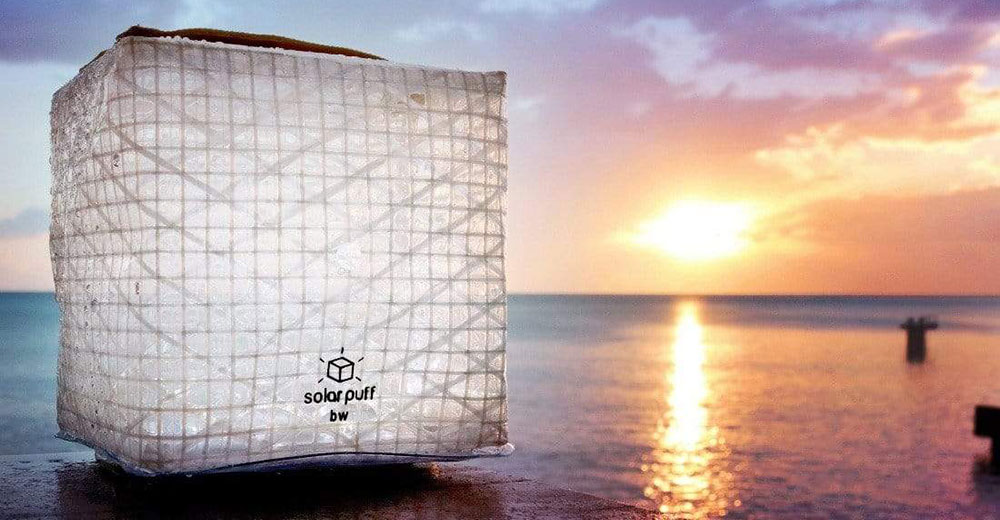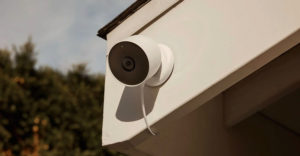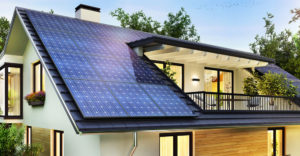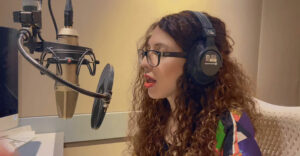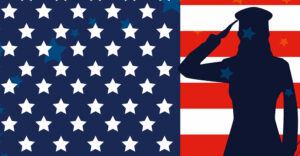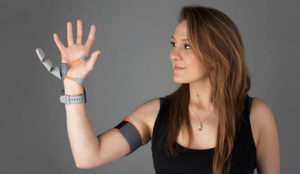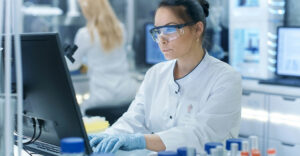Alice Min Soo Chun is a woman driven by a passion for doing good and helping save the planet with innovative products she invented powered with sustainable lighting technology.
Chun is a former university professor who taught architecture and materials technology at MIT, Columbia, University of Pennsylvania, and Yale. She worked with her students to build and test prototypes for the best outcomes regarding materials’ functionality, appearance, and durability. The result was the founding of Solight Design and the invention of the SolarPuff Light and related products.
As the old saying goes: Necessity is the mother of invention. This mother took that adage to heart as she struggled with her young son’s asthma.
Her son’s situation, plus seeing a homeless mother and her family getting light and heat from a kerosene fire at the end of a city alleyway, inspired her to develop a packable, inflatable, and floatable solar lantern to reduce breathable pollution.
In the middle of the alley was a jug full of kerosene with a big, thick rope coming out of the container they had lit with fire. Alice knew she had to do something as she thought about the children breathing the extremely harmful chemicals and toxins in the smoke daily.
“Solight is way more than being about an object or product. It is about creating change,” said Chun.
Those experiences made her realize that health, the environment, and poverty are linked inextricably in a profound way. She thought about how one simple solution like Solight could “tackle all three.”
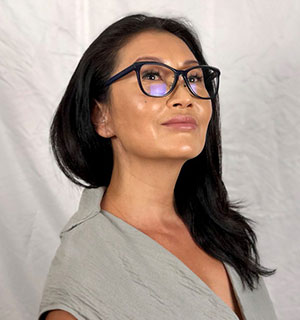
Alice Chun stepped out of her role as a university professor to focus on developing innovative portable solar energy technology to benefit the world’s needy and improve their quality of life.
Entrepreneurial Challenges
As a fledgling female entrepreneur and product developer, Chun faced more obstacles in starting her business than she can recount. Her passion for doing good and helping those afflicted by natural disasters kept her working on her goals.
“For anyone that wants to become an entrepreneur, I think the first thing that you have to do is really think about how you can help people and how you can solve problems that will make life better,” offered Chun.
Inventors and entrepreneurs must really love what they are doing because it is so hard, she continued. It is so competitive and involves an incredibly tremendous amount of work.
“You really have to believe in what you are doing. Otherwise, you are just going to give up,” Chun said.
Solar Solutions To Fight Pollution
Seeing so many kids with asthma, which is a lot higher percentage today than when she was a kid, Chun researched the condition and learned that the pollution in urban settings comes from energy consumption and construction, creating 75% of the pollutants in the air.
She learned that it is too early in our human gene pool to change susceptibility rapidly. So, Chun began to focus on solar energy as a way to address the environmental condition.
The inventor started sewing solar panels to different types of fabrics because technological innovations produced lighter and stronger materials. She was developing this concept when the Haiti earthquake occurred in 2010.
Natural disasters happening more frequently, such as flooding from Hurricane Katrina, the tsunami strike in Japan, and then the Haiti earthquake, fed her desire to find a solution to the darkness caused by the lack of electricity. Those events prompted Chun to do something to help.
More recently, Solight partnered with the non-profit organization Florida Rising to send Solights to victims in the wake of Hurricane Ian, which devastated the Sunshine State after making landfall on Sept. 28.
Never-Ending Testing Grounds
Chun and her Solight backers have been actively involved in numerous global disasters. Her humanitarian efforts continue with solar lighting for refugees trapped in the midst of the Russian incursion and war in Ukraine. Those global events include disasters in Senegal, Mozambique, Puerto Rico, Senegal, and 16 other locations.
“I turned my studio at Columbia University into an innovation studio to help Haiti. That is when we realized that Haiti was a microcosm of what was happening globally in regions where there is no electricity.
“With 2.6 billion people in the world living without access to electricity, they use kerosene to light their world at night, which is a deadly toxic fuel,” Chun told TechNewsWorld.
Burning kerosene causes two million childhood deaths annually from asthma, respiratory issues, and inhaling toxic smoke. In Haiti, where there is extreme poverty, and people live on $3 a day, they spend up to 30% of their income on kerosene, she explained.
“So that was the moment I started to become a social entrepreneur. They could save money spent buying kerosene for lighting and instead buy their children food and pay for other needs,” she said.
Chun researched every solar light product on the market. They were all big, bulky, heavy, and ugly. So, she tapped into her own childhood experiences doing origami. That contributed to her inventing the solar backpack. She spent five years field testing it on the central plateau in Haiti with women farmers.
Kickstarter Success
That was the beginning of Chun’s journey with solar power and the development of her Solight product. Thanks to a Kickstarter program in 2015, she raised half a million dollars in 30 days.
At that time, the Nepal earthquake happened, and as part of her campaign, she amplified the funding goal to include a buy-one-give-one-to-Nepal that was a tremendous success in helping victims there.
“We had volunteers that were on their way to Nepal. We lit up little villages on the hillside with light. It was something that we continue to do even now. We have sent light to Ukraine refugees, and we have a volunteer in Peru,” she offered.
The litany of sustainable lighting is impressive, including a church group in Puerto Rico, where Chun’s company provided lighting assistance during and after Hurricane Maria in the form of lighting kits to thousands of people without electricity.
“There are so many different uses for Solight. Our philosophy is that just doing one small thing can make a huge impact if we all work together to create change,” offered Chun.
Solar Lantern
Solight is a solar rechargeable mobile LED light source powered by innovative solar technology. The lighting designs resemble lightweight, foldable origami lanterns that mimic the Japanese art form and are self-inflating. Depending on the product, solar energy can be stored for longer-term use with an included solar-rechargeable power pack.
A standard rechargeable solar lantern takes eight hours of sunlight to last through eight hours of darkness. The brightness output varies with the product and ranges from 40 to 600 lumens. The high-tech waterproof fabric is engineered for extreme weather and float, and they fold flat and easily travel anywhere.
Part of Chun’s passion for the Solight concept is helping to heal the environment. According to Chun, using the lightweight and cost-efficient Solight technology for one hour a day instead of tapping into the electrical grid to run a light bulb can save 90 pounds of carbon emissions a year.
More R & D
Chun’s current product line provides a solution for affordable and sustainable off-grid lighting solutions for individuals. But she is not stopping there, as new products are in the research and development phase.
In the works are prototypes that deal with applying the Solight technology to applications such as phone charging capabilities.
The pandemic gave rise to another invention, transparent facial masks. Surgical face masks made of polypropylene, a plastic that leaches toxins into landfills and the ocean, are used globally. Billions of these masks get thrown away each year.
“This is like a ticking time bomb ecologically for the planet. We have already seen what is happening as a detriment to the planet because of all the waste of these polypropylene masks,” Chun warned.
Her solution is a transparent, non-toxic silicone face mask with filters.
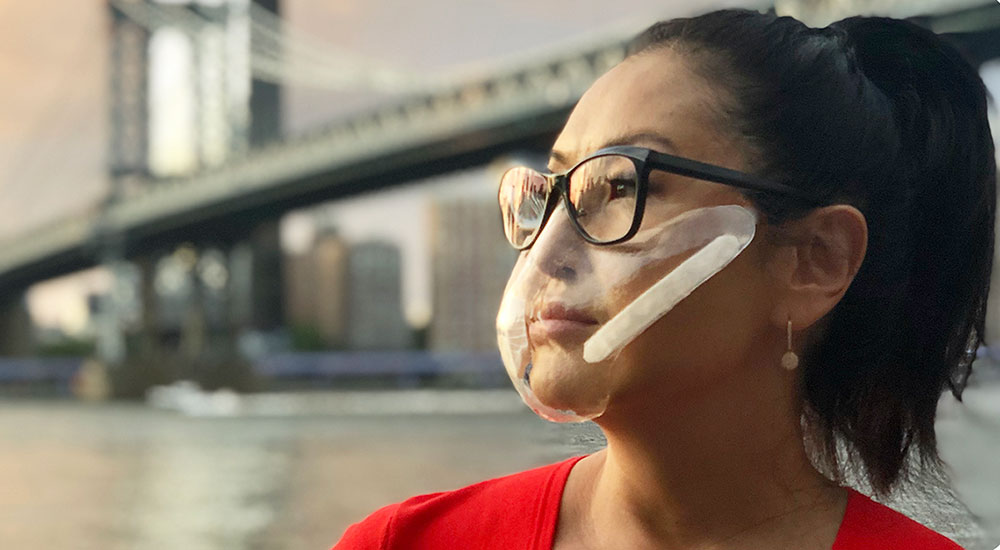
Alice Chun models a prototype of a biodegradable transparent face mask with built-in filters she is developing.
The goal is not just to eliminate the toxic waste piling up from pandemic-era face masks. She also wants to rid the damage that face coverings cause children in their formative years and help people with hearing loss who can no longer read lips to communicate.
“Because we were all wearing masks during the pandemic, there was a delay in language development in children because they could not see facial expressions, and they could not read lips. They had a harder time learning language. So, the idea of facial transparency is something to help the future,” observed Chun.
She added that Silicone is recyclable. It has no BPA and is reusable, and the filters are cellulose biodegradable with 95% filtration efficacy.

